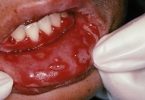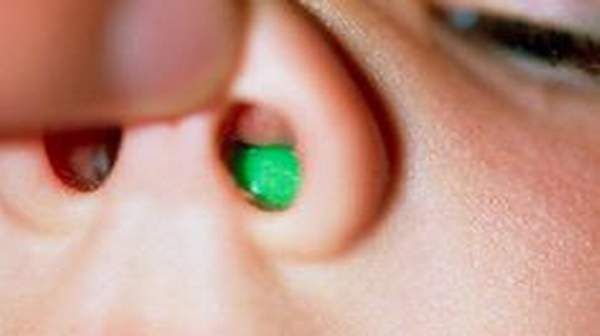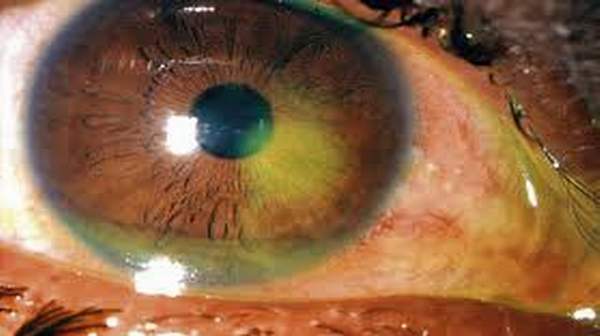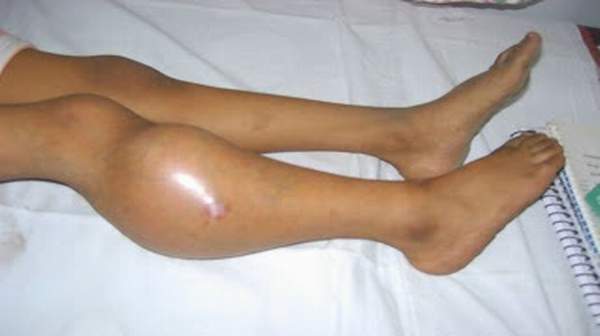What's in this article?
What is Epidermolysis Bullosa?
Epidermolysis Bullosa (EB) is an illness that causes the skin to be fragile. Because the skin is so fragile, it can be easily injured, causing painful blisters to form. These blisters can cause serious problems if they become infected.
Some people with EB have a mild form of the disease with few blisters. For others, there may be many blisters on the skin. Some people develop blisters inside the body in places such as the mouth, stomach, esophagus (the tube that allows food to move between the throat and stomach), bladder, and elsewhere.
Symptoms of Epidermolysis bullosa
Epidermolysis bullosa signs and symptoms include:
- Fluid-filled blisters on the skin, especially on the hands and feet due to friction
- Deformity or loss of fingernails and toenails
- Internal blistering, including on the vocal cords, esophagus and upper airway
- Skin thickening on the palms and the soles of the feet
- Scalp blistering, scarring and hair loss (scarring alopecia)
- Thin-appearing skin (atrophic scarring)
- Tiny white skin bumps or pimples (milia)
- Dental problems, such as tooth decay from poorly formed enamel
- Difficulty swallowing (dysphagia)
Epidermolysis bullosa blisters may not appear until a toddler first begins to walk or until an older child begins new physical activities that trigger more intense friction on the feet.
Causes of Epidermolysis bullosa
There are 4 main types of epidermolysis bullosa. They are:
- Dystrophic epidermolysis bullosa
- Epidermolysis bullosa simplex
- Hemidesmosomal epidermolysis bullosa
- Junctional epidermolysis bullosa
Another rare type of epidermolysis bullosa is called epidermolysis bullosa acquisita. It is an autoimmune disorder, which means the body attacks itself.
Epidermolysis bullosa can vary from minor blistering of the skin to a life-threatening form that affects other organs. Most types of this condition start at birth or soon after. It can be hard to identify the exact type of epidermolysis bullosa a person has.
Having a family history of the disease, and especially having a parent with it, is a risk factor.
Epidermolysis bullosa Treatment
The goal of treatment is to prevent blisters from forming and avoiding complications. Other treatment will depend on how bad the condition is.
HOME CARE
Follow these guidelines at home:
- Take good care of your skin to prevent infections.
- Follow your health care provider’s advice if blistered areas become crusted or raw. You might need regular whirlpool therapy and to apply antibiotic ointments to wound-like areas. Your provider will let you know if you need a bandage or dressing, and if so, what type to use.
- You may need to use oral steroid medicines for short periods of time if you have swallowing problems. You may also need to take medicine if you get a candida (yeast) infection in the mouth or throat.
- Take good care of your oral health and get regular dental check-ups. It is best to see a dentist who has experience treating people with epidermolysis bullosa.
- Eat a healthy diet. When you have a lot of skin injury, you may need extra calories and protein to help your skin heal. Choose soft foods and avoid nuts, chips, and other crunchy foods if you have sores in your mouth. A nutritionist can help you with your diet.
- Do exercises a physical therapist shows you to help keep your joints and muscles mobile.
SURGERY
Surgery to treat this condition may include:
- Skin grafting in places where sores are deep
- Dilation (widening) of the esophagus if there is a narrowing
- Repair of hand deformities
- Removal of any squamous cell carcinoma (a type of skin cancer) that develops
OTHER TREATMENTS
Other treatments for this condition may include:
- Medicines that suppress the immune system may be used for the autoimmune form of this condition.
- Protein and gene therapy and the use of the drug interferon are being studied.





